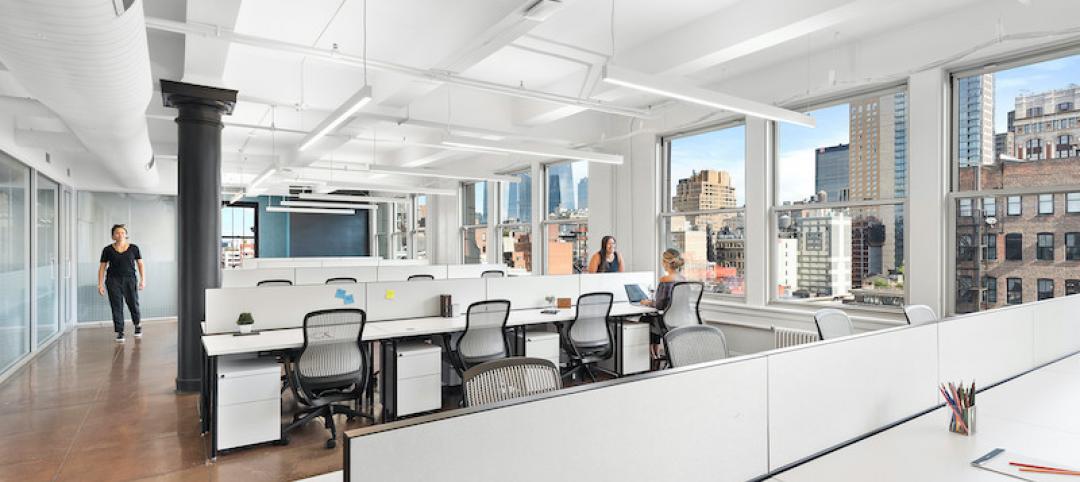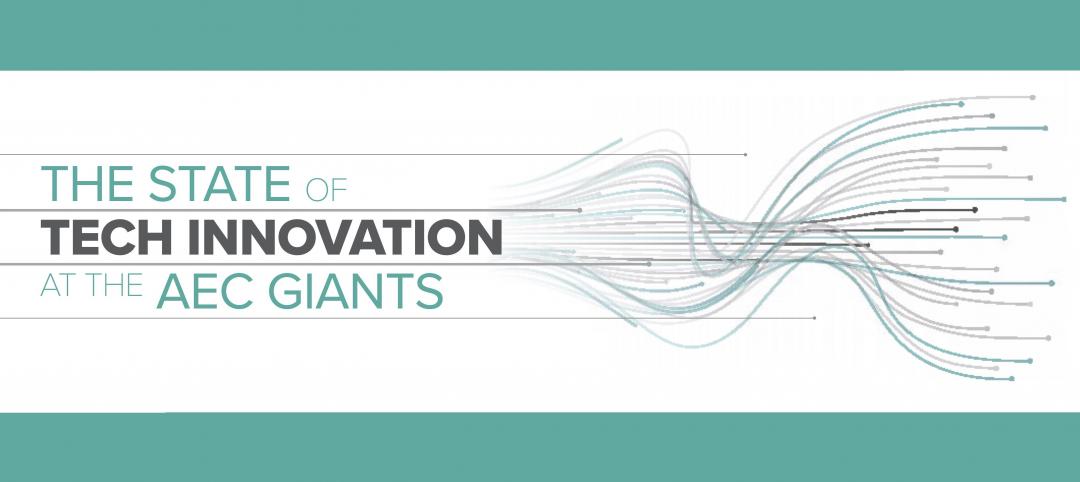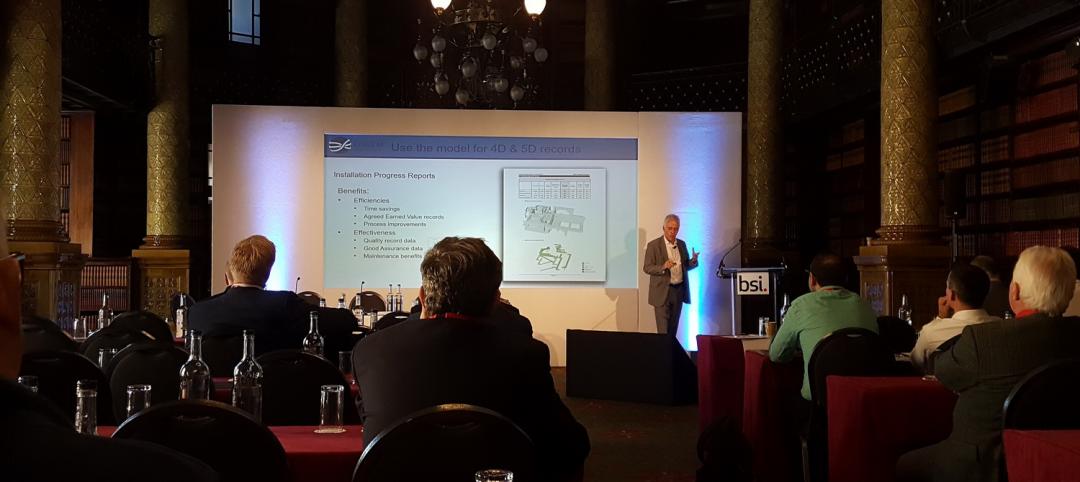Last month, I wrote about how automation and AI are dramatically changing all four fundamental relationships between buildings and machines. For example, nanotechnology, which manipulates individual atoms and molecules to assemble things, could make the modernist metaphor of a “machine for living in” into reality, since the building would actually be composed of many tiny machines.
In fact, that’s not quite accurate. The definition of “machine” is “an apparatus using or applying mechanical power and having several parts, each with a definite function and together performing a particular task.”
So machines are made of distinct parts, cobbled together to fulfill a function. They are characterized by their composition, as assemblages of singular bits and pieces in which the whole is greater than the sum.
SEE ALSO: Assessing AI's impact on the AEC profession and the built environment
But nanotech will completely change this. When entire buildings can be shaped from microscopic components, the visible distinction between the individual parts will evaporate. A structure built from invisible machines will not appear to be a machine at all, since it no longer will be perceived as an assembly of parts. An edifice made of congealed cybernetic butter will look to be all whole, no parts. The very concept of a “building” could become meaningless, since it will no longer be “built” in any traditional way.
Remember “Terminator 2”? Arnold Schwarzenegger’s T-800 is a machine: steel and servos wrapped in human skin. Robert Patrick’s T-1000 is made of liquid metal (“mimetic polyalloy”). He’s like sentient mercury, morphing into any shape he needs. A nanotech building (“nanotecture”?) would make conventional structures seem like Robby the Robot (of “Forbidden Planet” fame).
Buttery buildings could change everything we think and know about architecture. Frank Lloyd Wright felt that architectural form should stem from the inherent “nature” of its materials: “Each material speaks a language of its own.” In his mind, the proportions, heft, and texture of brick logically translated into structures such as the Robie House, which extends horizontally and hugs the land. But when the constituent parts of a building are too small to be seen with the naked eye, the relationships between form and materials will change. What is the “language” of a nanobot?
Because the character of a building could vary upon command—hard and opaque one minute, soft and transparent the next—the fabric of buildings could become fluid, fluctuating states from solid to liquid to gas and back. The notion of truth in materials will become irrelevant. In fact, the word material could go away. When the basic building blocks of architecture have no strict definition, structure and substance could separate. Matter may not matter.
Could there come a time when buildings will become less about bricks and mortar and feel more like mists or fogs, vaguely enveloping space in ways we can barely picture now? What will it be like to live in a cloud?
Lance Hosey, FAIA, LEED Fellow, is a Design Director with Gensler. His book, The Shape of Green: Aesthetics, Ecology, and Design, has been an Amazon #1 bestseller in the Sustainability & Green Design category.
Related Stories
AEC Tech | Mar 10, 2020
No labor. No infrastructure. No problem.
OpenSpace’s AI-based reality capture tool looks to make site documentation a completely passive experience.
Healthcare Facilities | Mar 9, 2020
Mobile wayfinding platform helps patients, visitors navigate convoluted health campuses
Gozio Health uses a robot to roam hospital campuses to capture data and create detailed maps of the building spaces and campus.
Green | Mar 9, 2020
BuroHappold commits to all new building projects achieving net-zero carbon by 2030
The engineering firm also launched a long-term partnership with ILFI.
Architects | Mar 2, 2020
Two ‘firsts’ for Sasaki and LEO A DALY
Following an industry trend, the firms hire chiefs of technology and sustainability, respectively.
AEC Tech | Feb 22, 2020
Investor interest in the built environment not quite as avid in 2019
Builtworlds’ annual list of venture deals led by workspace providers.
AEC Tech | Feb 13, 2020
Exclusive research: Download the final report for BD+C's Giants 300 Technology and Innovation Study
This survey of 130 of the nation's largest architecture, engineering, and construction firms tracks the state of AEC technology adoption and innovation initiatives at the AEC Giants.
AEC Tech | Feb 5, 2020
BIM London: A glimpse of BIM discussions across the pond
Digital twin, ISO standards, blockchain, and data were the hot topics at the recent The Digital World: BIM event.
AEC Tech | Jan 16, 2020
EC firms with a clear ‘digital roadmap’ should excel in 2020
Deloitte, in new report, lays out a risk mitigation strategy that relies on tech.
Green | Jan 10, 2020
How the new EC3 tool raises the bar on collective action
Nearly 50 AEC industry organizations partnered to develop the groundbreaking Embodied Carbon in Construction Calculator.
AEC Tech | Jan 8, 2020
Thornton Tomasetti launches open-source embodied carbon measurement tool
Beacon is a Revit plugin that generates a comprehensive data visualization of a project’s embodied carbon.















